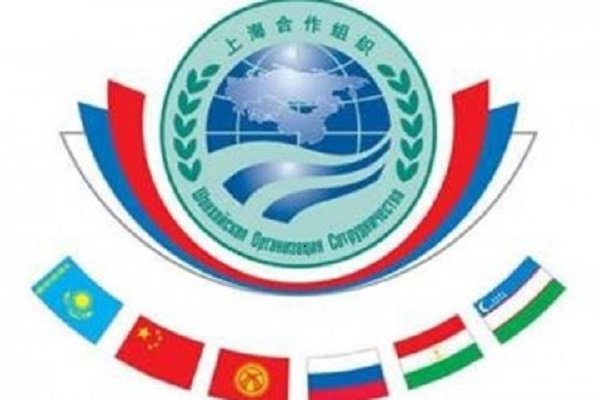SCO and One Belt, One Road

The Shanghai Cooperation Organization, as a Eurasian bloc, is seeking to strengthen confidence and neighborly relations among member countries and promote cooperation in politics, trade, economy, energy, and transportation.
The SCO already has six members (China, Russia, Kazakhstan, Kyrgyzstan, Tajikistan, and Uzbekistan), two acceding members (India and Pakistan), four observer states (Afghanistan, Belarus, Iran, and Mongolia), and six dialogue partners (Armenia, Azerbaijan, Cambodia, Nepal, Sri Lanka, and Turkey).
India and Pakistan are likely to get full membership in the SCO summit in Tashkent on June 23-24. The inclusion of India, as a rising economic power with over 1.3 billion people, could grant greater weight to the body.
The SCO has also realized that regional economic integrity is one of the keys to success.
Rashid Alimov, the SCO secretary general, said in Beijing on June 13 that the world will see “surprises” in the SCO summit in Tashkent, indirectly suggesting that certain countries will attain full membership.
Given its size and capacity in terms of geography, population, and resources, the SCO is unrivalled in the world. It has the potential to make big surprises.
However we should wait to see how efficient it will emerge in the future.
Alimov said that the bloc will account for 44 percent of the global population.
Individual unique advantages
Almost each SCO member has a unique advantage to help promote the status of the regional bloc. In other words the countries in the group are complementary. For example, Russia, as the largest country in the world, has the technology and energy resources; Kazakhstan, as the ninth largest country, also has abundant energy resources.
Likewise, Iran, as a country with a unique geo-strategic situation in West Asia is not only gifted with the largest combined oil and gas reserves in the world, it also can serve as a bridge between Asia to Europe and Mediterranean. Iran, which is seeking full membership, also has one of the largest numbers of educated people in view of its population in the group.
SCO can serve as catalyst for friendship and stability
As laid out in its charter, all member states must uphold the core principle of non-aggression and non-interference in internal affairs. This charter heralds promises of friendship, peace and security in Asia.
If this charter is fully and completely observed India and Pakistan should bury decades of conflict once they get full membership.
The SCO can also help stabilize Afghanistan and heal the wounds of this country which has been the scene of violence for about four decades, ranging from invasion to civil war, terrorism, illegal drug trade, etc.
Currently, China is the largest SCO investor in Afghanistan, with projects including the $3 billion contract to develop the Aynak copper mine. According to CFR, Central Asian partners, including Kazakhstan and Uzbekistan, have also made significant investments in Afghanistan.
China can act as Germany of EU in SCO
Decades of rapid economic and technological growth by China have propelled the country onto the global stage and provided a unique opportunity to tap the capacities in the SCO countries within the policy initiative of “One Belt, One Road” introduced by Chinese President Xi Jinping.
China, as the main engine of the SCO which has both money and technology, can act as the Germany of the European Union in the SCO.
It is also heartening that Chinese Assistant Minister of Foreign Affairs Li Huilai told reporters from SCO countries in Beijing on June 14 that the decision-making in the organization is based on transparency, win-win game, common benefit, and collective campaign against corruption.
The statements uttered by Mr. Li were extremely important.
Certainly, the secrets behind the success of the European Union have been transparency, fight against corruption and innovation. These three principles are also the key for national development.
Mr. Li also said that China will pursue a green economic growth, an absolutely necessary and positive step which can benefit other countries within the SCO as well.
Reviving old trade routes as part of Silk Road Economic Belt
The “One Belt, One Road” initiative is not just a slogan. China has already proven that such schemes can be materialized. For example, China has already built a high speed train which travels between Beijing to Shanghai with 300 kilometers per hour speed. The country also has the technology to increase the speed of the train to 500 kilometers per hour.
It is enough to know that today China is dominating the railway market, particularly for high-speed railway systems. According to Foreign Affairs, China is building speed train in countries in East Asia, Europe, and even the United States. So it is not an exaggeration to say that China can finance and build high-speed trains connecting SCO countries, thereby reviving old trade routes as part of Silk Road Economic Belt.
PA/PA

Leave a Comment